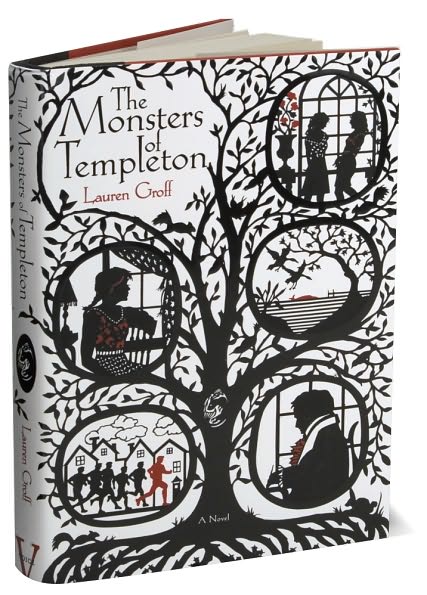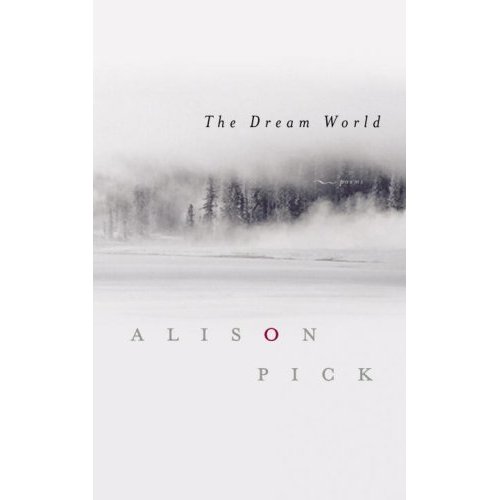For my birthday, my sister gave me Eleanor Wachtel’s Random Illuminations, a collection of interviews Wachtel did with Carol, and letters Carol wrote to her, beautifully introduced in a generous and thoughtful essay by Wachtel called, “Scrapbook of Carol.” I was wary at first. Knowing too much about an author can put you right off otherwise beloved books. But I dove in. Depsite her Pulitzer and her Governor General’s award, I think she is a hugely underestimated author.
I have always identified with Carol’s heroines on some deep, emotional, slightly embarrassing and not fully expressible level, an identification encouraged by a few surface similarities, self-cultivated to a degree. I think the first novel of hers I read was Swann, given to me by my mother, and though I was not at the time, like its Sarah Maloney, a single women teaching at the University of Chicago, now I am. I have insufficient shelf space, but two copies of The Republic of Love, neither of which I can give away, because one is signed by Carol and the other, a paperback, has a photo of Fay, its heroine, exactly as I imagine her. It was only after reading it that I started photographing the stone and painted mermaids I found on travels through Europe, but now I can’t stop. And then there’s Beth, with her deep interest in medieval women saints and her involvement with —
So I admit that after reading Random Illuminations, that sickly over-identification has transferred itself to Carol as well. I am willing to grant that there may be others than just the two of us who lived life through books as children. But how many other children have thought about the peculiar problem of seeing through their noses? From Random Illuminations:
When I was a child, I used to wonder why, when I looked sideways, I could see through my nose. This was a big secret, and I didn’t tell anyone else because I kept looking at other people who had perfectly ordinary noses, without this odd phenomenon. I thought, I can’t possibly ask this question, so I lived with the mystery.
And all these years, I thought I was the only one who noticed that.
For all I learned about Carol, I didn’t discover as much that was new about her books as I thought I might But that is probably to be expected. When Wachtel asks Carol what she discovered about Jane Austen’s when she wrote her biography of Austen, Carol replies that she learned you “can’t really look to a writer’s novels to decipher a writer’s life.” It seems the reverse is also true.


